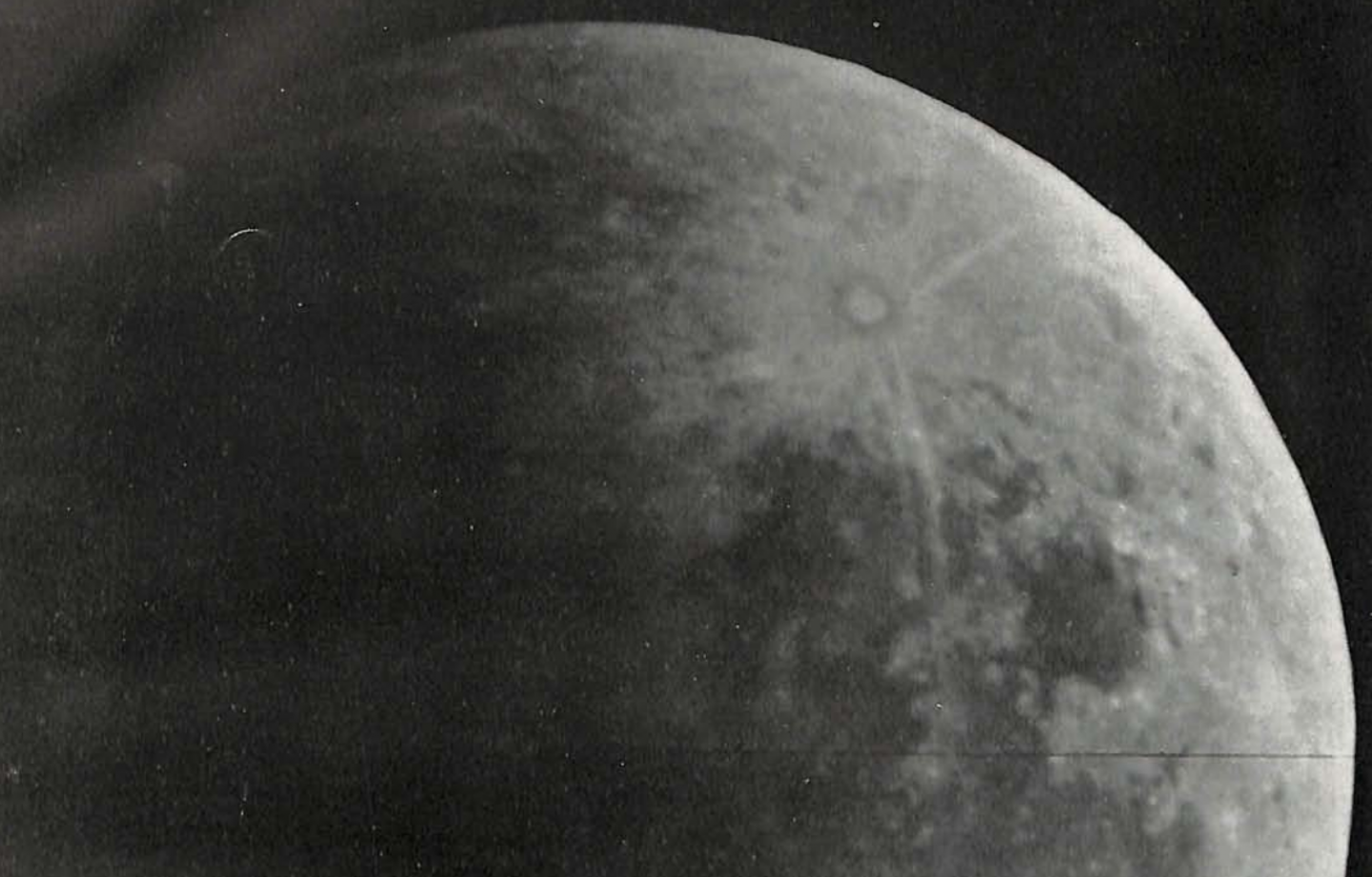A Quick Survey of Dead Things in Music
Mond, als träte ein Totes Aus blauer Höhle, Und es fallen der Blüten Viele über den Felsenpfad. Silbern weint ein Krankes Am Abendweiher, Auf schwarzem Kahn Hinüberstarben Liebende.
I spoke to a microtonal composer who demonstrated a visceral understanding & appreciation of the problematics of what I call, "temperament death". The cure he offered for it: just intonation.
That's an interesting solution.
My solution is a pool of pitches with unique multiplicities of intervals, like the diatonic hexachord or the All-Trichord-Hexahord. Those offer contexts where each pitch has a more unique context. Oddly, *hilariously*, just intonation offers an infinite number of unique intervals, and therefore, and sadly, that makes transposition impossible. I'm too committed to punning to accept the elimination of transposition, which means I'm committed to equal temperament.
The microtonal composer was responding to work-a-day post-tonal music that stays forever in a harmonic space where one pitch has the same meaning as most others, never landing in a context where each pitch has its own special role.
If you've studied music and worked on ear training, you've hopefully developed *scale-degree sense*. When oriented, we feel each scale degree's place in a structure. 6 leans down to 5 or climbs through 7 to 8. 5 goes to 1 or 3. 4 leans down to 3; 7 pushes upward to 8. Post-tonal composers fear losing their post-tonal cred by entering this space, so at present we get a lot of music that stays in the harmonic space that we'll call symmetry death.
Messiaen explored scales of limited transposition. The major scale is maximally transposable. It can be transposed twelve times. The octotonic scale--[ 0, 1, 3, 4, 6, 7, 9, 10 ] can be transposed twice. [014589] can be transposed three times. Those are scales of *limited transposition* ( Messiaen ).
In Messiaen's music there is a perfect match of poetic intent and musical building materials. A quartet for the end of time wants to float. The strong orientations of the diatonic scale are too *entrenched in time* for Messiaen's conception.
It's likely that my microtonal composer was reacting to a poor match of poetic intent and musical materials. Happy composers writing happy octonic music is incongruous. I sympathize with the microtonal composer's sense that something is not fitting. And the reason for the mis-match is usually that the composer has been taught a pride of place-- "we are post-tonal and this is what we do". We wallow in the octotonic space.
Sorry, the just intonation solution replaces one purgatory with another. The cash value of an infinite pool of unique intervals is hard to set. And then there are the spectral composers. The spectral composers borrow the stasis of just intonation and mimic it in equal temperament. Mystifying.
The minimalists offered a response and a solution. Their solution is *minimally post-tonal* when it gives us this move:
I -- bVI
I--bVI is a signature of Phillip Glass' music. Steve Reich does it in the last movement of Electric Counterpoint. It pushes far enough into the tertiary harmonic relationships explored by Beethoven & Brahms. Terry Riley pushes it to the brink of the precipice. (The move pushes into the non-diatonic space.)
George Crumb & Unsuk Chin
Crumb's music has a lovely fit of materials and poetic intent. His surfaces are brilliant constructions of temperament-dead symmetries, always presented as that. Superimposed or offered in sharp contrast are musical memories of the time-oriented diatonic, but always suspended, frozen, like ancient voices of children. Crumb's language is a perfect fit with the poetry and belatedness of Garcia-Lorca.
I felt something similar in Unsuk Chin's Akrostichon-Wortspiel. Symmetry-dead material, with collage-like superimpositions of primal diatonic cries. The music captures the surreal goings-on down the rabbit hole. On the other hand, Lewis Carroll always gives us something positve. There is joyous discovery going on in the rabbitt hole. Not for a moment do I think that she feels she misses that, but I feel her range of musical modalities are not the best fit for Carroll's kind of devilry.
I wouldn't hesitate to compare Carroll's mindset to the inter-war moods of Schoenberg & Hindemith. Their earlier music aptly followed that un-doing or unravelling in the spirit & trajectory established by Wagner's Tristan Prelude. But they survived a war, found they had time on their hands to think about music in the abstract. Each work was a discovery, a re-doing. Each work offered sustenance, no longer an expression of a belated condition or an un-doing. Then they ended up in the US, even further removed from the culture of their youths, where they were even more prone to abstraction, to classicism. Lewis Carroll's rabbitt hole is bizarre, but full of sustenance.
The first appearance of a sad symmetry that I know of is in Dowland's devastating augmented triads. They over-foreground his sad suspensions. In Dowland, it is a symmetry death that is meant to be as sad as that sounds. I read somewhere that despite Dowland's sad music, he was of a sanguine disposition.
Bach becomes atonal when he floats on diminished 7 harmonies, but it's as often a positive, energizing thing, like a sip of schnapps. A drop is energizing, but too much can kill. It's so often devilry, when Bach falls into symmetries, and devilry is Mephistophelian, is ultimately a positive value.
Back to Crumb. His Eine Kleine Mitternachmusik is such a lively collection of dead things that it becomes sheer devilry. It's a treatment of Round Midnight that spoofs a spoof of Wagner's Tristan theme--Debussy's laughing quote in the Golliwog Cakewalk.

